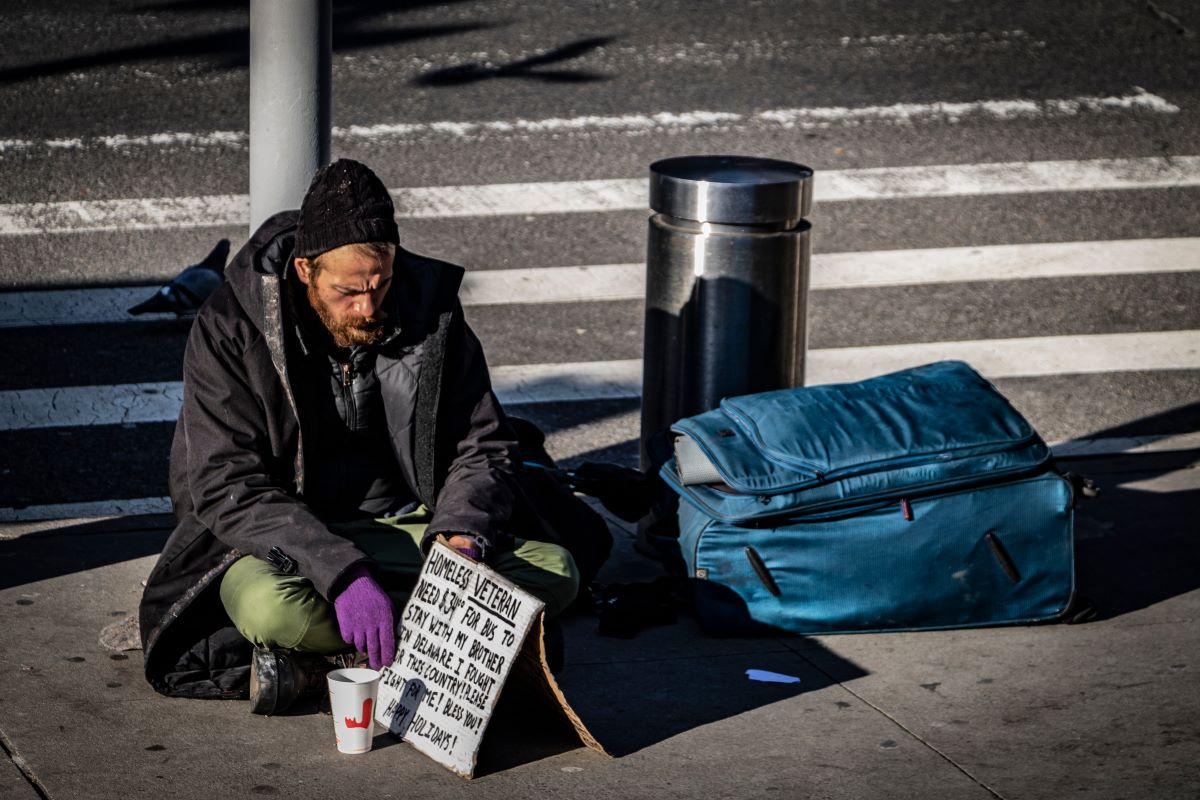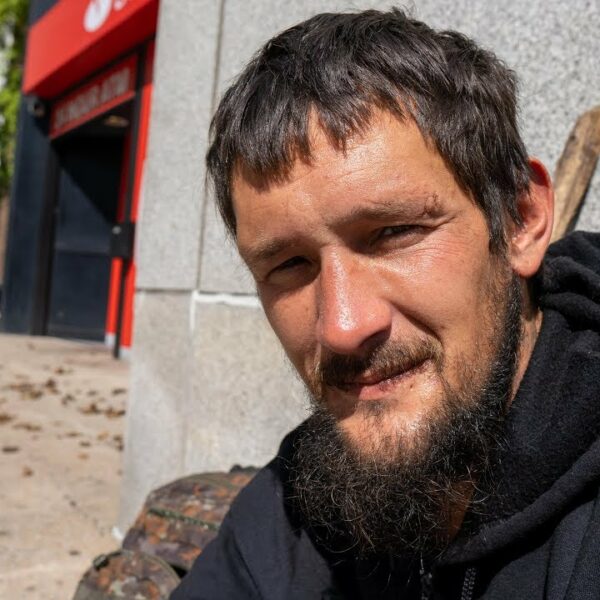Following a period of progress, veteran homelessness started reverting to critical levels even before the COVID-19 crisis swept the world. While the shift was slight, it is a significant projection of possible future trends. Here’s what that means for housing advocates.
Homelessness has hindered war veterans in unparalleled ways. Leaving the battlefield feels a lot less victorious when it means you are now 50% more likely to become homeless than the people who didn’t enlist. Yet, this is the dismal reality American war veterans are faced with if they’re fortunate enough to survive the bloodshed of perpetual war.
Plagued by a plethora of unique struggles faced only by US soldiers, the military veteran has sadly become a face associated with homelessness in America.
For better or worse, media has perpetuated a stereotypical image of the homeless war veteran, often depicted as mutilated from war, wheelchair-bound, and desperate, begging roadside for change. At best, this imagery is a generalization. At worst, a caricature.
Offensive and inaccurate as it might appear, this down-on-luck mental illustration has stricken many American hearts with sympathy for homeless veterans of war. Sympathy and visibility are out of reach for most homeless community members. However, when the focus fell on military servicemen and women wallowing in the depths of hopeless despair, there was a public outcry that other marginalized groups did not experience.
Perhaps even more shocking, that outcry was met with timely, political action.
Between 2010 and 2019, Veteran Homelessness Sharply Declined, Effectively Cut in Half
This serves as evidence that public opinion directly influences political policy. As empathy for the homeless veteran found a place in the heart of our nation, politicians moved to reduce the crisis.
To be clear, cutting veteran homelessness in half took almost an entire decade. During that time, the estimated number of homeless vets went from 74,087 to 37,085. This significant reduction exceeded efforts to end homelessness among other subpopulations such as chronically homeless individuals.
The National Alliance to End Homelessness cites Housing First and military-specific programs as the critical factors in halving veteran homelessness nationwide. Notable initiatives include:
- 2011’s Supportive Services for Veterans Families focusing on rapid rehousing
- 2012’s Housing First program for veterans operating under the moniker of HUD-VASH
Based on this blueprint used to seriously reduce veteran homelessness, there is a lot to be learned about what works and what doesn’t work. Sadly, we as a nation appear to be backpedaling in policy. This is evidenced in the increase in overall homelessness as well as the increase in veteran homelessness.
It would be easy to shrug these slightly higher numbers off as unfortunate byproducts of the pandemic. However, a closer look at the data shows that veteran homelessness was inching its way back into crisis-level territory even before the international health crisis hit.
In the Months Leading Up to the Pandemic, Veteran Homelessness Started Reverting to its Old Self
Data shows that veteran homelessness exhibited a small but statistically significant increase before the pandemic.
While the number consisted of just a few hundred soldiers, it’s important to remember that every new person thrust into homelessness is a tragedy. This number reflects several hundred tragedies. It translates to hundreds of:
- struggling families
- crowded hospitals
- bouts of depression
- preventable health issues
- new homeless encampments
- inevitable deaths as life expectancies plummet by the decade
We are already short millions of affordable homes and hundreds of thousands of shelter beds. A few hundred more homeless people are a tragic national loss in the grand scheme of things.
Homelessness is the war waiting for many American soldiers when they return home. If the direction of political policy continues moving toward criminalization, things will only get worse.
Future soldiers can expect to go from bunkers to sidewalks, sidewalks to jail cells and repeat the cycle for years. Will the government clarify that housing is not a human right the American soldier will fight for or obtain in the latest Go Army commercials? Or will that be a dirty secret swept beneath the battlefield?
The Harms of Moving Away from Housing First Strategies
This new data is exemplary not only of trends amongst military members and their families but also of the broader harms caused by moving away from Housing First strategies and toward the criminalization of homelessness. Notably, it is not the only factor currently working against US vets. A lack of affordable housing hits military families hard and shows no signs of stopping.
Please urge your legislators to rethink this policy shift and introduce strategies that make housing a human right.













